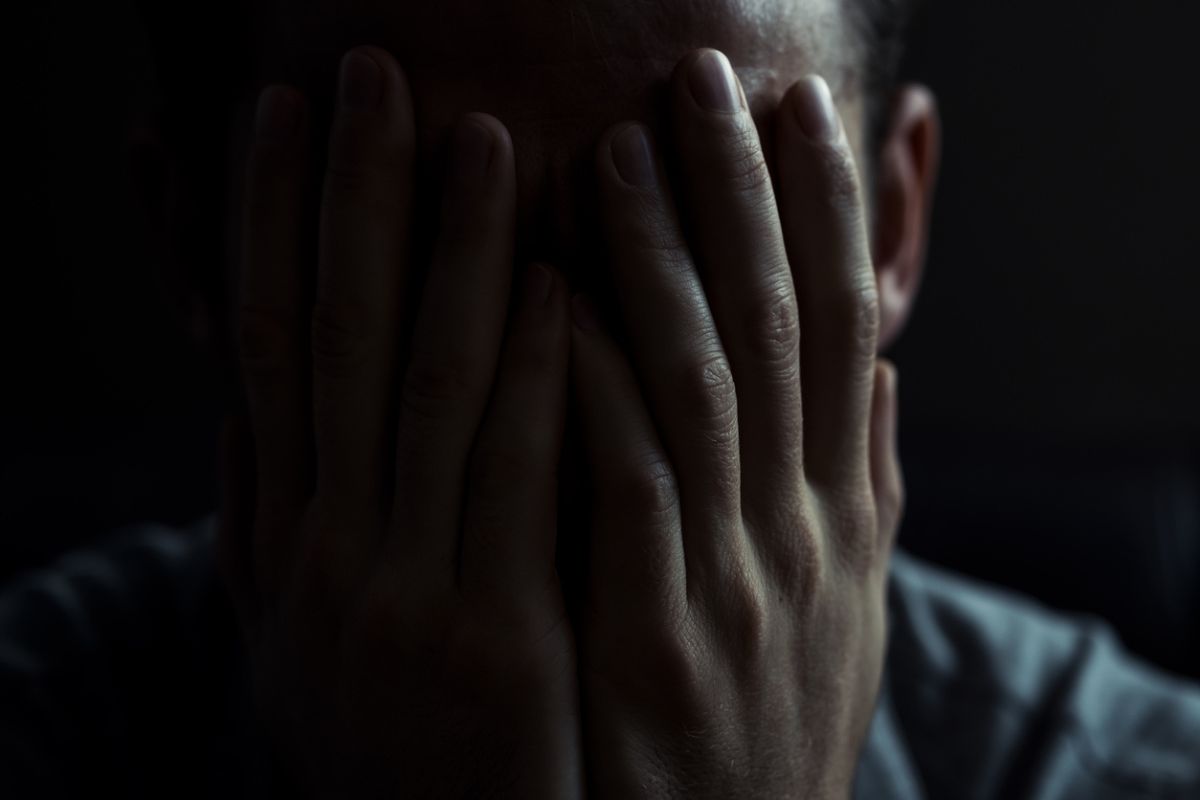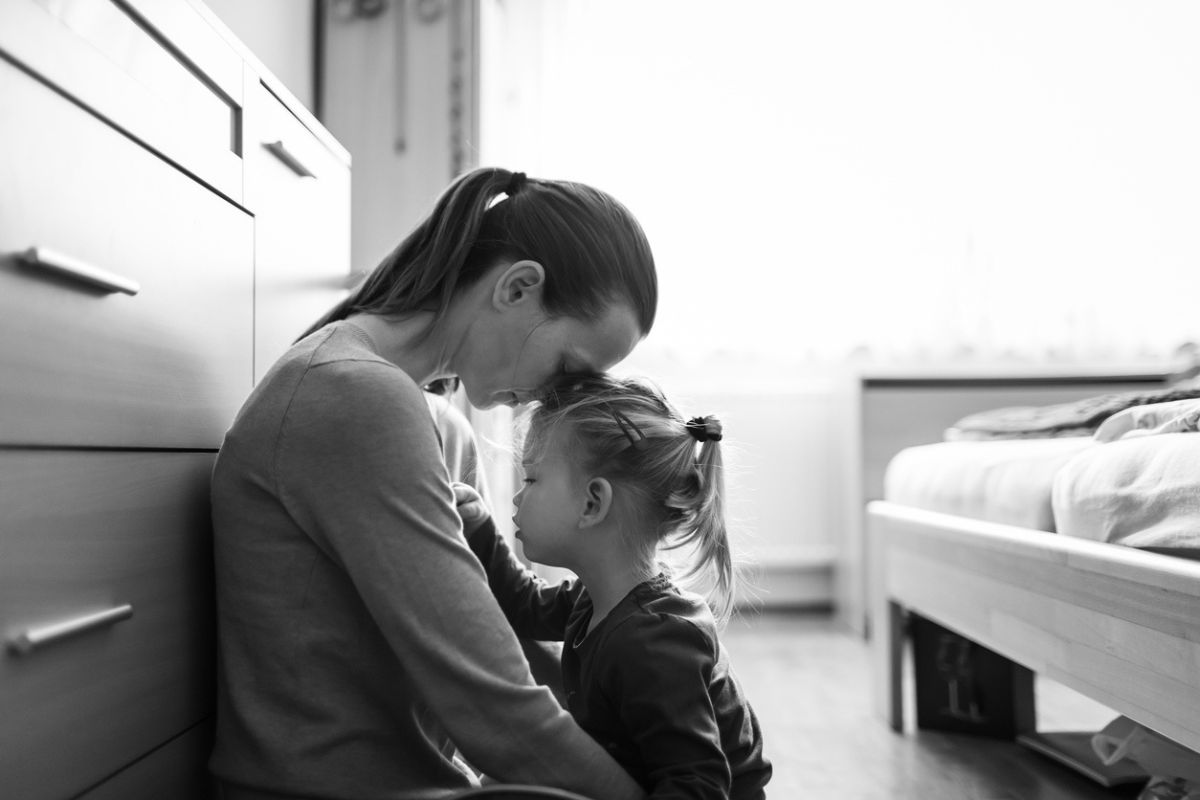The holidays: The time of year known for overeating, overspending, and overthinking. And the numbers remain as dependable as bad white elephant gifts. According to a 2023 American Psychological Association survey:
- American adults are feeling the spirit – as the Black Friday sales numbers have shown – but that joy comes with more than its share of stress. Nearly nine out of 10 of them share concerns about not having enough money, missing loved ones.
- More than 40 percent of them said their stress ramps up this time of year.
- And 43 percent of holiday revelers said the stress is so bad that it hampers their ability to embrace the festivities.
“The holiday season can be both a happy and stressful time of year in part due to expectations to spend time with family and friends, navigate family conflicts and uphold important traditions,” APA CEO Arthur C. Evans Jr., PhD, said at the time.
So the timing couldn’t be better for two studies to appear offering new hope for anyone wrestling with depression.
Diagnosing Depression By Facial Expressions
The first study, appearing in Molecular Psychiatry, pegged several distinct brain and behavioral characteristics of melancholia that exposes its biological uniqueness as well the potential for more targeted treatments.
Researchers pored over data on 70 individuals pulled from the “Australian Genetics of Depression Study.” Nearly half of them met the criteria for a melancholia diagnosis based on high levels of psychomotor retardation and profound anhedonia.
The study’s authors had the participants take part in a series of tasks, like watching emotionally evocative movie clips, while they monitored their facial expressions and brain activity.
Using a machine-learning algorithm, the researchers found that individuals with melancholia showed notably blunted positive facial expressivity as they watched a comedian, suggesting lower emotional engagement. Functional MRI scans backed that up, showing altered dynamics in the areas of the brain tied to positive emotion, like the cerebellum.
Among the non-melancholic participants, cerebellar activity strongly correlated with positive facial expressions, a link notably absent in melancholic individuals. These findings suggest that melancholia impairs the brain’s ability to integrate emotional and motor responses, contributing to its hallmark emotional blunting.
The study underscores the potential for these markers to refine depression subtypes, enabling personalized treatment strategies. Melancholic depression, characterized by a better response to biological therapies such as neurostimulation, could benefit from interventions targeting these newly uncovered neural disruptions. The researchers argue that incorporating these findings into more precision treatment approaches could improve outcomes.
Depression Might Be Contagious
Depression rates have spiked in recent years. But no one quite knows why. Is it an actual increase in prevalence? Or just a case of greater awareness and better reporting?
New research suggests it might spread like an infectious disease among close relationships – such as classmates, roommates, and intimate partners. But the mechanisms that drive this phenomenon remain murky.
Researchers – working with rodent models – found that depression might spread (independently of stress) through environmental and social interactions.
Researchers leveraged three different models — stress crossover, cohabitation-induced, and non-contact-induced depression — to find out more about this phenomenon. What they discovered suggests that naïve mice cohabiting with depressed mice show higher corticosterone levels and depressive behavior.
Those cohabiting with stressed mice, however, didn’t, and even helped mitigate stress symptoms in their counterparts. It’s also worth noting that non-contact interactions failed to produce similar effects, but exposure to bedding from depressed mice triggered depressive behaviors, hinting at the potential of environmental transmission pathways.
The study suggests that depression contagion involves material exchanges, such as odors or microbiota, rather than stress contagion mechanisms. This distinction flies in the face of earlier deductions that the transmission of depression aligns with stress-related responses.
Additionally, the research found that healthy companions provided some level of social buffering, mitigating depressive symptoms in more stressed individuals.
These study results clear up a few lingering questions about how depression works – and travels – between individuals, with an emphasis on the role of sensory and social factors.
This new data illuminates our understanding of depression as a contagion, while offering some insight into potential prevention and treatment strategies.
Further Reading
Watching TV, Passive Sitting, Linked to a 43% Higher Risk of Depression



